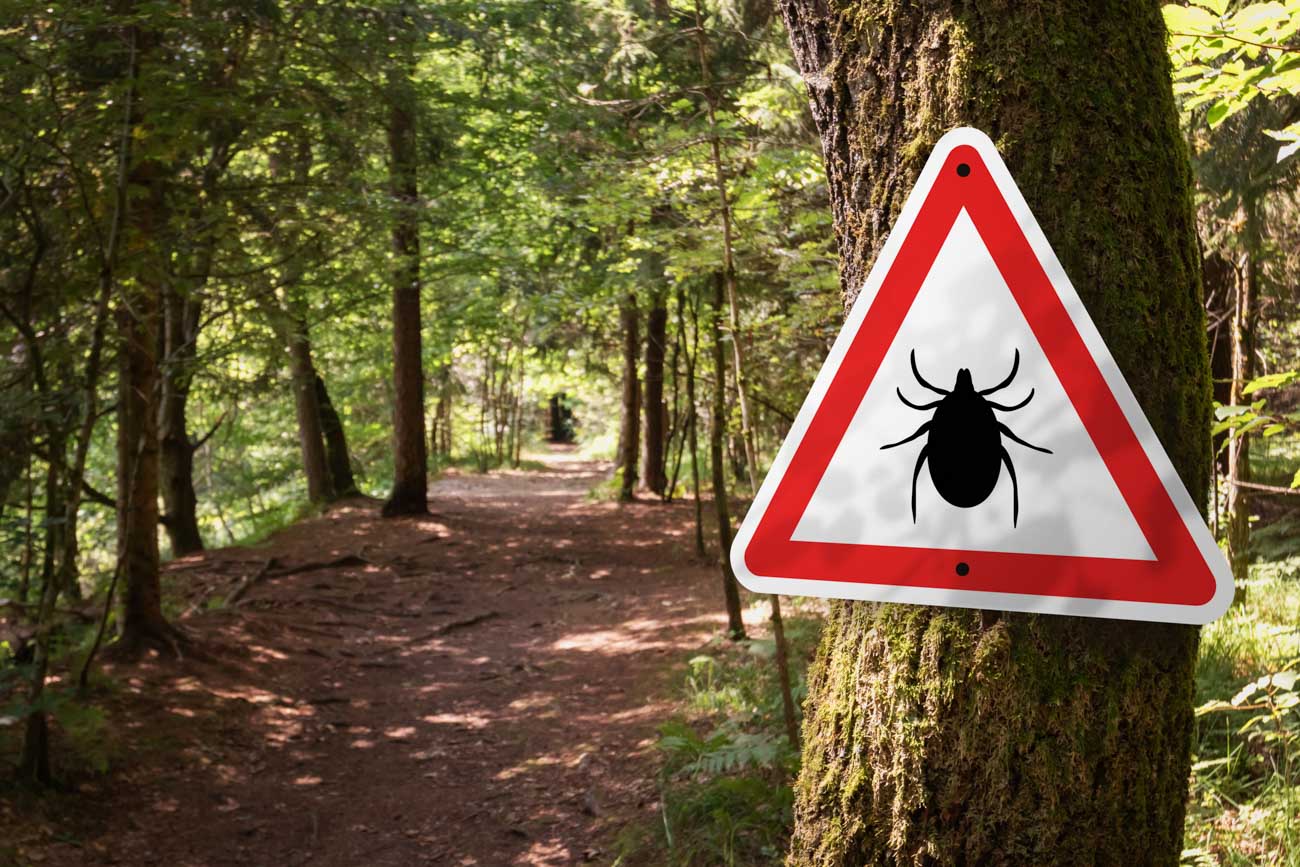Education

Great Outdoors Insect Repellent – West Nile Virus vs. Lyme Disease: What You Need to Know Before Your Next Outdoor Adventure
When you’re out enjoying nature, the last thing you want to worry about is getting sick from a bug bite. But when it comes to West Nile Virus and Lyme disease, a little knowledge goes a long way in staying safe.
While bugs spread both and can make you feel under the weather, they’re very different illnesses caused by entirely different organisms. So let’s clear the air on what they are, how to spot them, and how to prevent them — so you can keep you and your family’s adventures worry-free.
West Nile Virus: Mostly Harmless, Occasionally Serious
West Nile Virus (WNV) is a virus spread by mosquitoes, particularly the Culex species. These bugs tend to bite from dusk to dawn, and they get the virus from infected birds before passing it on to humans.
Where You’ll Find It
In Canada, WNV is most common in:
- Southern Ontario (including Toronto, Windsor, Ottawa)
- Manitoba, Alberta, and Saskatchewan
- Some cases in Quebec, BC, and the Maritimes
Peak season? Late summer to early fall — think July to September.
What to Watch For
Most people infected with WNV never feel a thing. But here’s how it can show up:
- No symptoms: 80% of people
- Mild symptoms: Fever, headache, body aches, fatigue, rash
- Rare severe symptoms: High fever, confusion, stiff neck, seizures, paralysis
If you’ve had mosquito bites and come down with flu-like symptoms in late summer, it’s worth checking with a healthcare provider, especially for older adults or people with weakened immune systems.
Lyme Disease: Small Tick, Big Trouble (If Untreated)
Lyme disease is caused by a bacterium carried by blacklegged ticks (a.k.a. deer ticks). Unlike mosquitoes, ticks don’t fly or buzz; they lurk in tall grass and wooded areas, waiting for a host to brush by.
Where It’s Common
In Canada, Lyme disease is spreading, thanks in part to climate change. It’s most common in:
- Southern BC (especially Vancouver Island)
- Southern/Eastern Ontario
- Southern Quebec
- Nova Scotia, New Brunswick, and parts of Manitoba
Tick activity peaks from spring to fall, particularly from May to October.
Symptoms to Know
Lyme disease shows up in stages:
- Early (3–30 days):
- Fever, chills, fatigue
- Headache, muscle/joint pain
- The telltale bull’s-eye rash (not itchy or painful)
- Later (weeks to months):
- Joint swelling
- Facial palsy
- Heart rhythm problems
- Meningitis or nerve pain
The good news? Early treatment with antibiotics usually clears it up completely. Left untreated, however, it can lead to long-term complications.
Quick Comparison
| Feature | West Nile Virus | Lyme Disease |
|---|---|---|
| Cause | Virus | Bacterium |
| Spread By | Mosquito bites | Tick bites (blacklegged ticks) |
| Common Symptoms | Often none; flu-like if present | Bull’s-eye rash, flu-like signs |
| Severe Complications | Brain inflammation (rare) | Arthritis, neurological issues |
| Treatment | Supportive care | Antibiotics |
| Vaccine (for humans) | Not available | Not available |
< SWIPE >
Prevention: The Real MVP
While the risk of serious illness is relatively low, prevention is still your best defence. Here’s how to protect yourself from both WNV and Lyme disease:
For West Nile Virus (Mosquitoes)
- Use repellent: Look for DEET, icaridin, or lemon eucalyptus.
- Avoid peak hours: Stay indoors or cover up at dusk and dawn.
- Eliminate standing water: Birdbaths, buckets, clogged gutters — mosquitoes love them.
For Lyme Disease (Ticks)
- Stick to the trail: Avoid tall grass and brush.
- Use repellent: DEET for skin, permethrin for clothes (not for skin).
- Dress smart: Long pants, long sleeves, tucked-in clothing.
- Do tick checks: After outdoor activities, thoroughly check your entire body (and your pets’) for ticks.
- Remove ticks properly: Use fine-tipped tweezers, apply a steady pull, and clean the area.
Remember: A tick usually needs to be attached for 24–36 hours to transmit Lyme disease, so the sooner you find and remove it, the better.
Bonus: Don’t Forget Your Furry Friends
Dogs and cats can bring ticks into your home, even if they don’t get sick themselves.
- Use vet-approved tick preventatives
- Check their fur after outdoor play
- Keep them out of tall grass and brush
Final Thoughts
West Nile Virus and Lyme disease are two different bugs with two very different risks — but both are preventable with the right know-how. Whether you’re hiking through a wooded trail or relaxing on your back deck, a little preparation can help you stay safe and make the most of every minute of outdoor time.
So go ahead — pack the bug spray, do your tick check, and get back to nature with peace of mind.
Stay safe. Stay outdoorsy. Stay informed.
